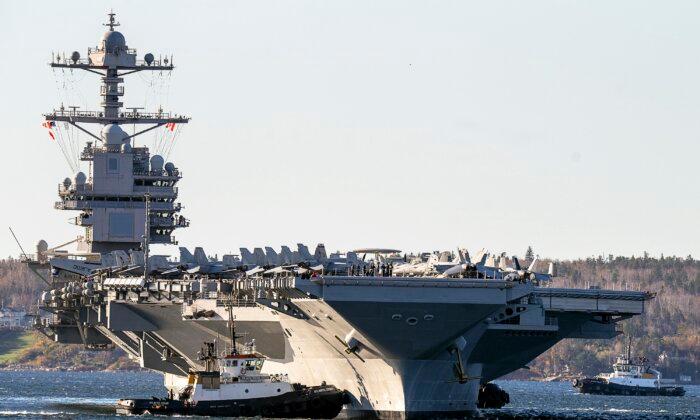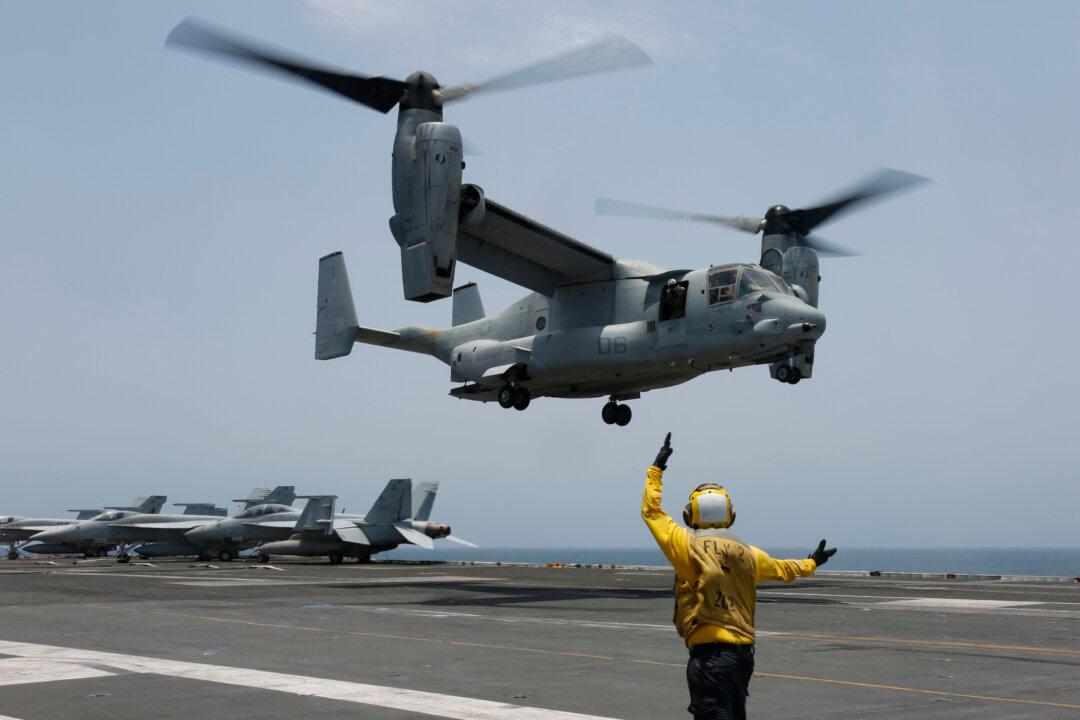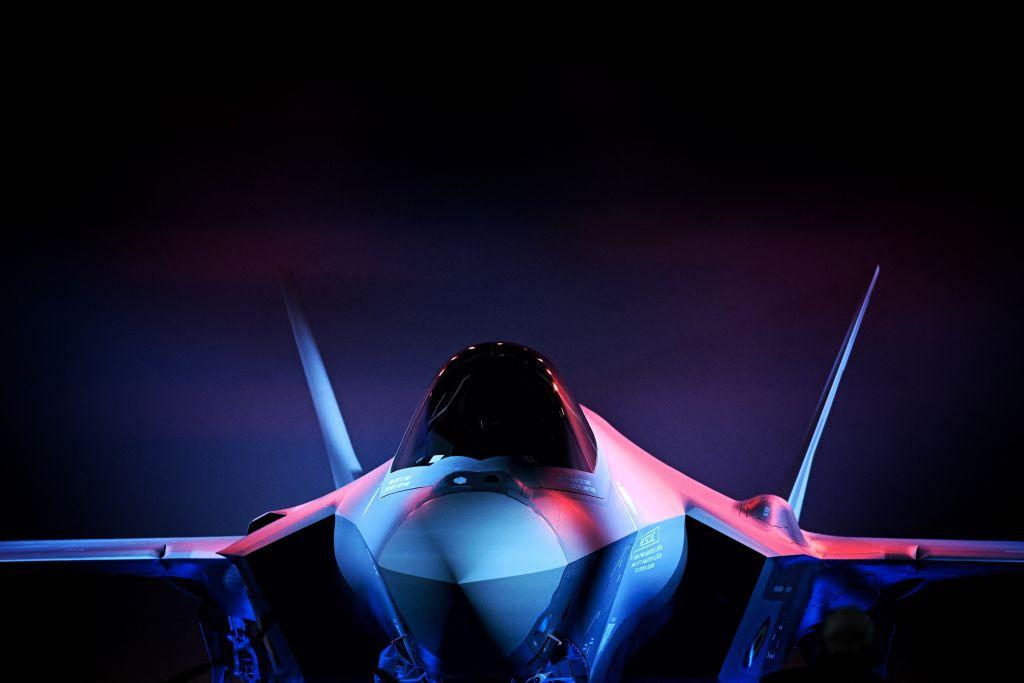Commentary
Recent friendly fire incidents in the Red Sea—resulting in the loss of one Super Hornet and the near-destruction of another—underscore the growing risks faced by U.S. naval assets. Early reports suggest that a U.S. cruiser mistakenly launched air defense missiles to protect the USS Truman, a Nimitz-class carrier. Deploying a carrier of this size in the confined waters of the Red Sea raises questions about the future deployment of these vessels amid escalating threats.For decades, U.S. aircraft carriers have been unparalleled symbols of military might. Beyond their function as mobile airbases, they represent sovereign U.S. territory, capable of projecting power globally. Since World War II, no class of ship has played a more pivotal role in U.S. military strategy.
The Unique Strategic Value of Carriers
U.S. carriers are in a league of their own; no other nation’s fleet comes close to matching their scale, capability, or influence. Historically, carriers have operated with relative safety. Even during the Cold War, when Soviet submarines and supersonic anti-ship cruise missiles posed potential risks, the carriers’ strategic value deterred direct attacks. Any significant assault on a U.S. carrier was widely understood as an act of war against the United States.The extraordinary investment in these vessels—with modern carriers costing over $10 billion and housing more than 5,000 personnel—elevates their importance. Their symbolic and strategic value means that an attack on a carrier would carry profound political and military consequences. While a U.S. president might downplay an attack on a destroyer, the same cannot be said for a carrier.
Advances in Technology and Escalating Threats
Although a maneuvering carrier in open waters remains a challenging target, emerging technologies and rising military powers pose increasing risks. Drones, in particular, represent a growing threat. In confined waters like the Red Sea, where widths range from 220 miles at their broadest to just 16 miles at their narrowest, carriers are more vulnerable. While airborne drones may not be capable of sinking a carrier, coordinated drone swarms could cripple flight operations and destroy carrier aircraft. Seaborne drones, including submersibles armed with large explosive payloads, also present significant risks.In addition, China’s advancements in satellite technology have enhanced its ability to locate and track U.S. naval vessels over long distances. This improved capability extends China’s “kill chain,” enabling its long-range anti-ship ballistic and cruise missiles to target carriers with greater precision. These developments limit the tactical freedom U.S. carriers once enjoyed, especially in scenarios involving a potential blockade or invasion of Taiwan.
Submarine and Missile Threats
Carriers have long been vulnerable to submarines, particularly nuclear-powered ones fielded by Russia and China. These submarines, now benefiting from enhanced satellite support, can pose significant threats in wartime. While U.S. carriers retain their immense utility in projecting power, their operations will likely be more constrained when engaging peer competitors like China and Russia.The Role of Carriers in Future Conflicts
Despite these challenges, carriers remain invaluable. Their ability to deliver air support, deter adversaries, and project U.S. influence ensures their continued relevance. However, their deployment strategies must adapt to emerging threats. Operating in confined or contested waters will place greater demands on supporting vessels tasked with carrier defense. Moreover, the increasing sophistication of adversarial technologies necessitates ongoing innovation to maintain the carriers’ strategic edge.While the future may bring new risks, the unique capabilities of U.S. carriers ensure they will remain central to American military power for the foreseeable future. However, their operational freedom will depend on evolving strategies to address threats from drones, submarines, and advanced missile systems.
Views expressed in this article are opinions of the author and do not necessarily reflect the views of The Epoch Times.







